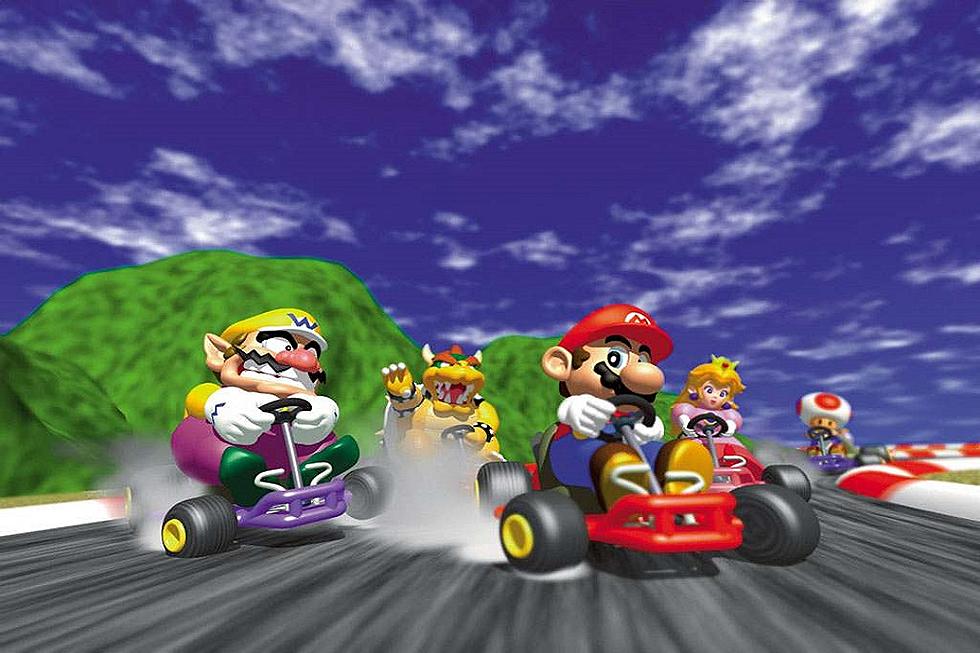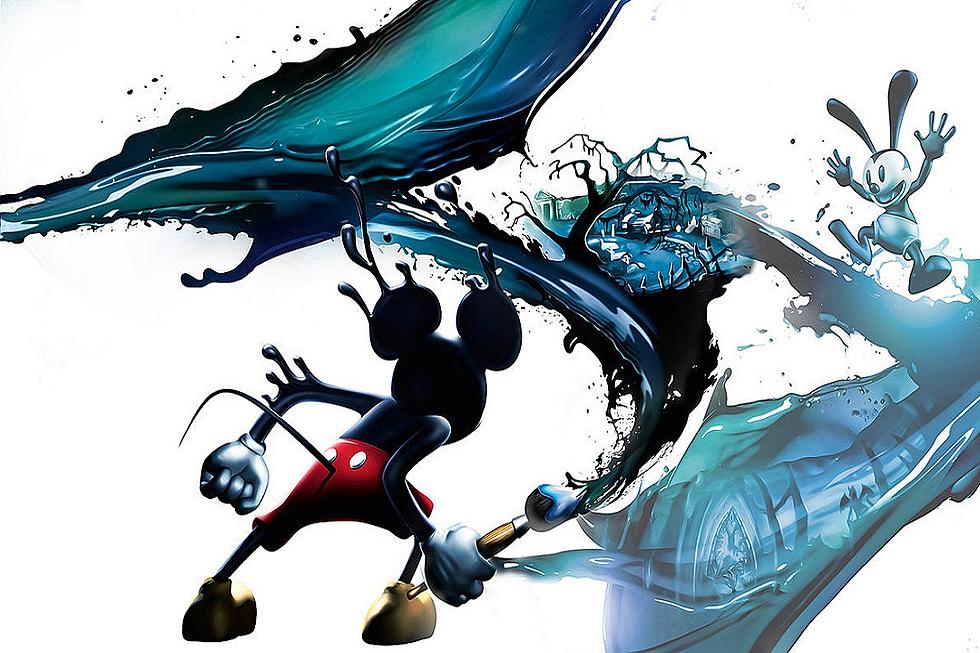
Halo 3: ODST Was a Spin On Our Expectations of the Series
Sometimes it’s good to change things up and explore your space. Doing the same thing all the time can get stagnant and for creative design, that can be disastrous. Take Halo for instance. That series is and forever shall be bound to the iconic Master Chief as the face and star of the series. That said when you’re in the shoes of a hyper evolved bad ass pretty much all the time, what’s to worry about? Not that it’s not fun playing as our favorite SPARTAN-II, but even Bungie decided to play around in their space a bit. What would it be like to be one of the more vulnerable human soldiers? What if you were one of those soldiers that doesn’t have genetic engineering to explain away their practical immortality? That’s the question Halo 3: ODST asked on this day in 2009.
Halo 3: ODST is a conceptual curveball from the normal Covenant killing run n’ gun of the normal Halo series, but it wasn’t always a full blown, standalone venture. Following Halo 3, the team was split. Many worked on developing Halo Reach while others began work on a project titled Halo Chronicles, which was to be directed by Lord of the Rings director Peter Jackson. Unfortunately, Halo Chronicles was not meant to be. Due to a failure to launch a film adaptation of the game that would have had Jackson as executive producer, Halo Chronicles was also subsequently canceled. Much of the Bungie crew suddenly found themselves with a window of time before Halo Reach and nothing to work on, so they turned their attention to a new and unique product.
Halo 3: ODST actually began as a simple expansion to Halo 3, most likely to be extra downloadable content if everything had gone according to initial plan. This accounts slightly for Halo 3: ODST’s somewhat short campaign when compared to the games that came before it. However, this changed when the team realized that the effort and content they were putting into the game was far more expansive than they had originally intended. The music, concepts, story and other features expanded far beyond what would be expected of normal DLC. They weren’t building an add-on. They were building a full-on new game.
ODST is set somewhere during the events of Halo 2 when the Covenant have discovered the location of Earth and launched a full-scale assault against it. The story focuses on a crew of Orbital Drop Shock Troopers, a United Nations Space Command Special Forces unit often tasked with carrying out dangerous missions that full scale assaults cannot handle while remaining undetected. The player takes on a new addition to the unit known only as Rookie. The team undertakes missions of critical importance in the city of New Mombasa as the Covenant forces are assaulting and destroying the city. Their actions and eventual success despite the destruction of New Mombasa serve to set the scene for Halo 3, making ODST a direct prologue.
The gameplay of ODST was similar, yet far different from any Halo game before or after it. It’s certainly a shooter, but as players are not in the armored and enhanced boots of Master Chief, they cannot jump high, survive long falls, dual-wield large weapons or run as fast, meaning more tactical decisions in combat are often required as opposed to the usual brute force nature of the series. The campaign was set in an open world fashion, with the Rookie being separated from his squad and opening flashbacks to what happened as he discovers clues as to what happened to them. As such, the campaign can be played in a varied order as the Rookie finds his way back to his fellow soldiers.
Halo 3: ODST was something that would divide critics for what it was. It’s campaign and overall gameplay were applauded by some, but put would put off others who questioned the shortness of the overall experience. Even still, it presented the series through new eyes and a new style that introduced players to what it’s like to not be the most powerful soldier in the Halo universe for a change. Playing through new vulnerability introduced mandetory strategy and experiences that would ultimately enrich the feeling of what it was like to be a SPARTAIN-II in turn. Halo 3: ODST was hardly perfect, but it was most definitely unique.
More From Arcade Sushi
![Destiny 2 Strike Hands-On: Digging Into The Inverted Spire [Preview]](http://townsquare.media/site/550/files/2017/05/destiny-2-strike.jpg?w=980&q=75)
![Destiny 2 Campaign Hands-On: The Cabal Crash Homecoming [Preview]](http://townsquare.media/site/550/files/2017/05/density-2.jpg?w=980&q=75)







